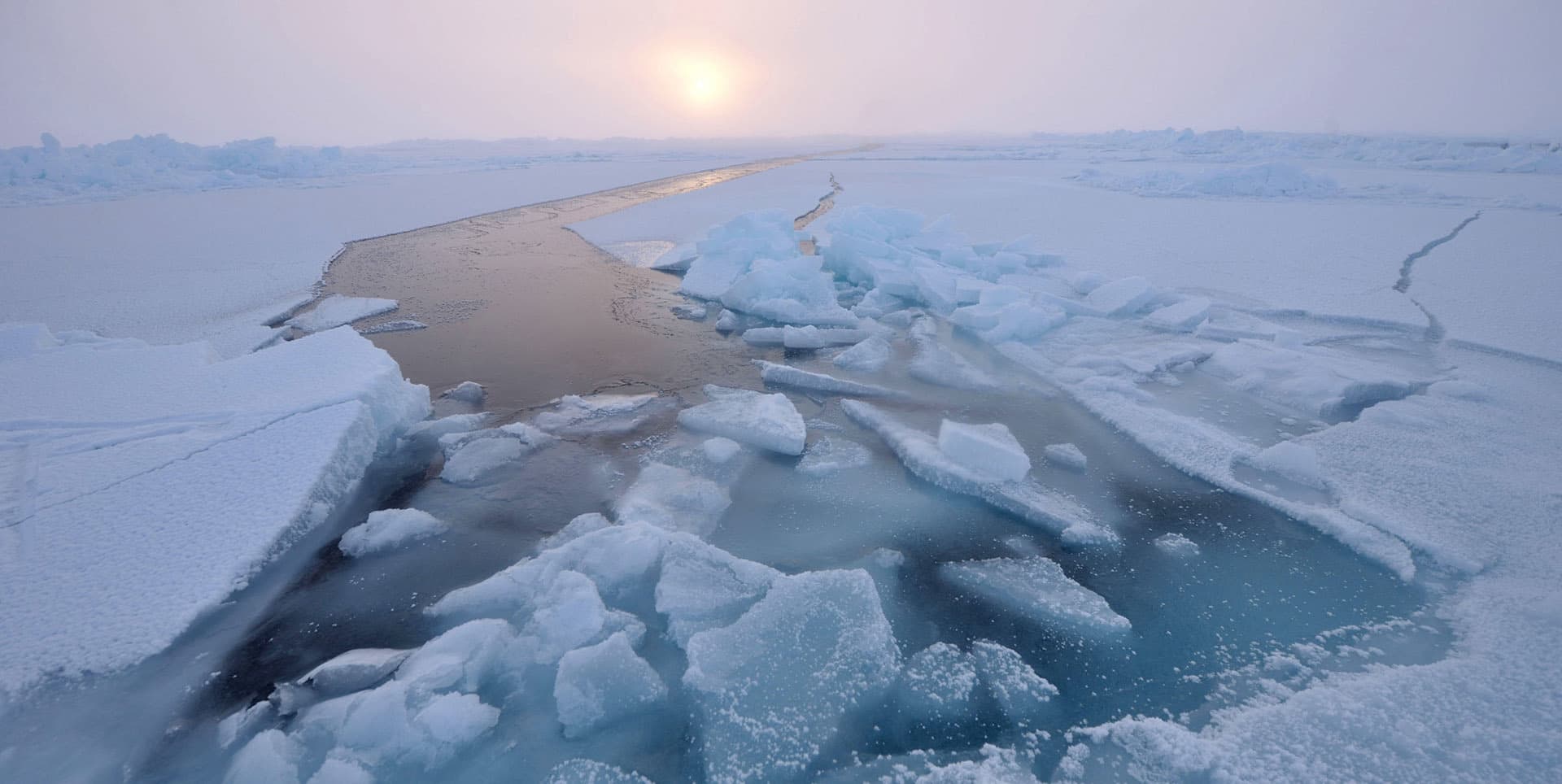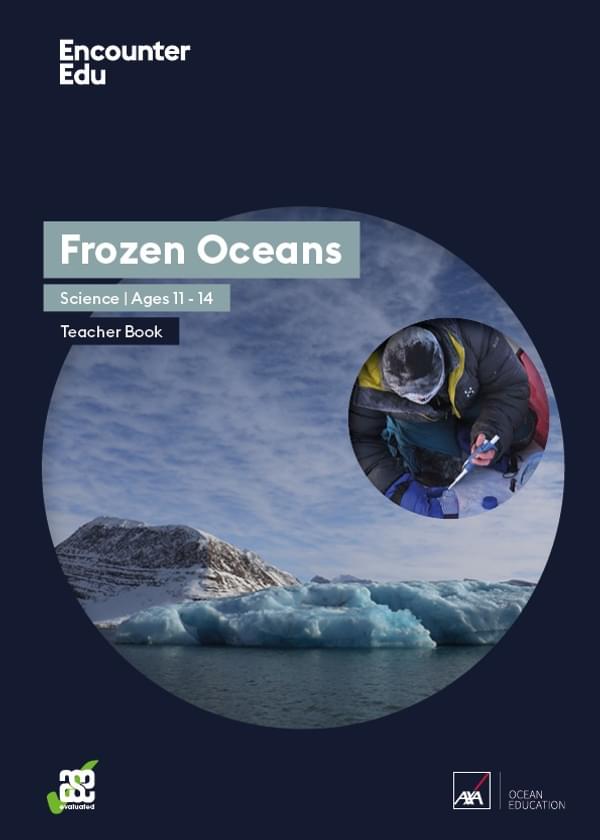The albedo effect
 Catlin Arctic Survey
Catlin Arctic Survey
Albedo is the term used to describe surface reflectivity. This activity looks at how decreasing sea ice in the Arctic Ocean contributes to a lowering of the albedo and an increase in the amount of solar energy absorbed in the region.
Ages 10+
25 minutes
Part of:
AXA Ocean EducationThe name comes from the Latin albedo, which means ‘whiteness’. The albedo effect refers to the fact that light surfaces reflect more heat than dark ones. So, the lighter a surface, the greater its albedo, meaning it reflects more heat and light, and absorbs less. In this activity, we are going to use thermometers to test whether white or reflective materials absorbs more or less heat than black or dark ones.
Activity steps
- Make sure that both thermometers are at room temperature.
- Note the temperature of each thermometer.
- Place one thermometer under the white or reflective material and the other under the black one.
- Put the thermometers covered by the material under the light source, making sure that they are the same distance away.
- Keep the thermometers there for 15 minutes.
- Note the new temperature of each thermometer.
Questions
- Which colour absorbed more heat energy?
- Which colour reflected more heat energy?
- Which colour represents the ice and which one represents the water?
- How does the ice help to keep the Arctic cool?
- If there is less ice, what could happen to the temperature of the Arctic Ocean?
Safety guidance
- Allow the lamp to cool before handling the lamp shade.
- Ensure all electrical equipment has been PAT tested.
- Ensure hands are dry before handling equipment.
- Work in the centre of the table.
- Where possible, use break safe thermometers. Use thermometers with an anti-roll cap: if this is not possible, provide students with a cup to place the thermometers in when they are not in use.
Brought to you by

